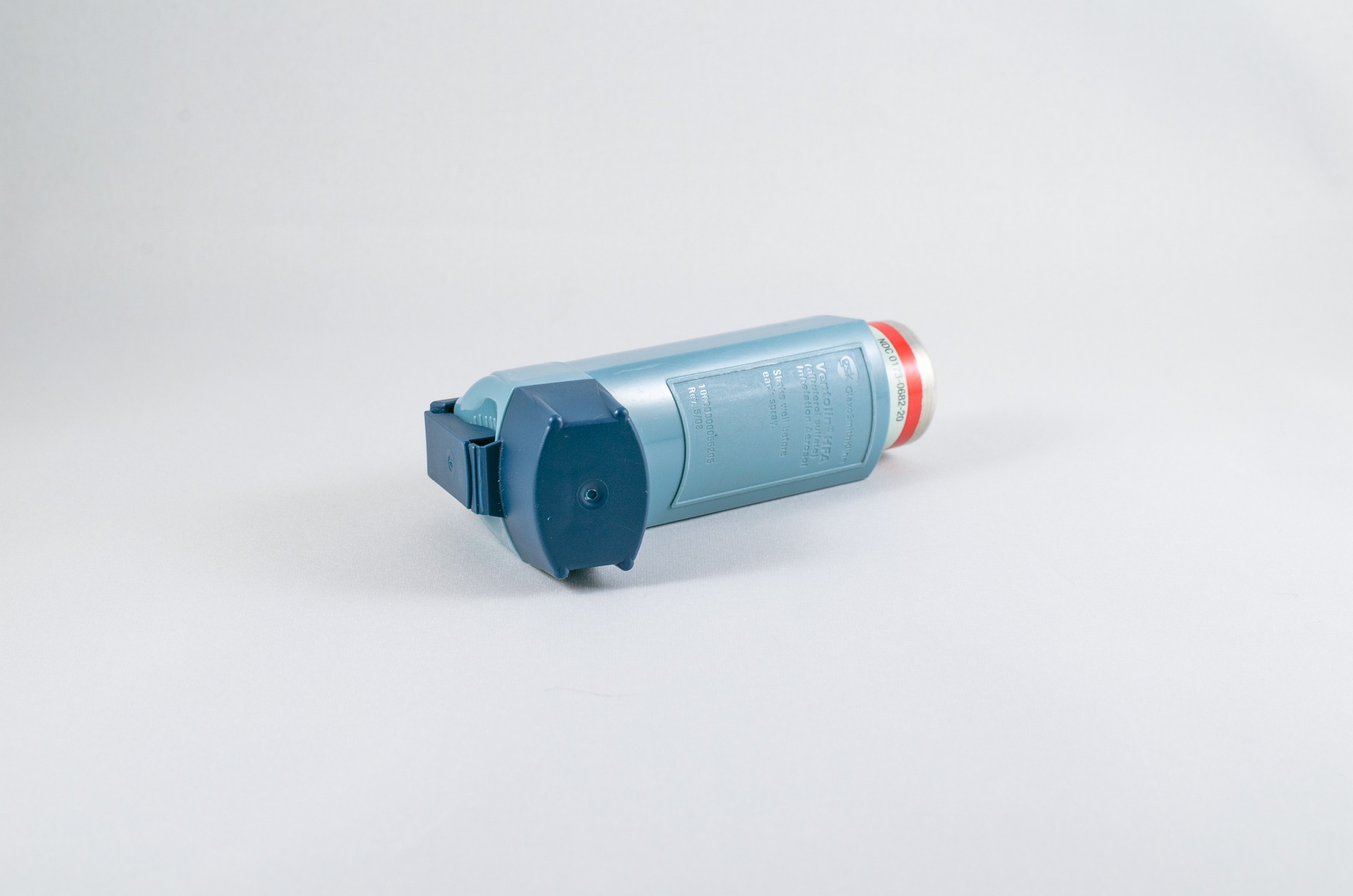How to Reduce Angioedema Swelling: Relief Measures and Medical Care
Angioedema is a medical condition characterized by rapid swelling of deeper layers of skin and mucous membranes, most commonly affecting the face, lips, tongue, throat, hands, and feet. This swelling occurs when fluid accumulates in the deeper layers of tissue, often developing within minutes to hours and potentially lasting several days. Understanding effective relief measures and appropriate medical care is essential for managing this condition safely and reducing discomfort during episodes.

Common Causes of Angioedema Swelling and Its Triggers
Angioedema can develop from various triggers, with allergic reactions being among the most frequent causes. Food allergens such as nuts, shellfish, eggs, and dairy products can trigger episodes in sensitive individuals. Environmental allergens including pollen, pet dander, and dust mites may also contribute to swelling episodes.
Non-allergic triggers include certain foods containing natural chemicals like histamine, found in aged cheeses, fermented foods, and processed meats. Temperature extremes, physical pressure, stress, and infections can also precipitate angioedema episodes. Some individuals experience hereditary angioedema, a genetic condition affecting blood vessel regulation, while others develop idiopathic angioedema where no specific trigger can be identified.
Identifying Early Signs and Symptoms
Recognizing early warning signs enables prompt intervention and better management outcomes. Initial symptoms often include a tingling or burning sensation in affected areas before visible swelling appears. The skin may feel tight or stretched as fluid begins accumulating in deeper tissue layers.
Swelling typically develops asymmetrically, affecting one side more than the other, and feels firm rather than soft when touched. Common locations include the eyelids, lips, cheeks, and sometimes the tongue or throat. When throat involvement occurs, individuals may experience difficulty swallowing, voice changes, or breathing difficulties, which require immediate medical attention.
Home Care Measures That May Help Reduce Swelling
Several home remedies may provide relief during mild angioedema episodes. Applying cool compresses to affected areas can help reduce inflammation and provide comfort. Elevating the head while resting may help decrease facial swelling by promoting fluid drainage.
Avoiding known triggers remains the most effective preventive measure. Keeping a detailed symptom diary helps identify patterns and potential triggers. Staying hydrated supports the body’s natural healing processes, while gentle massage around swollen areas may encourage fluid movement.
Over-the-Counter Remedies Commonly Used for Angioedema Relief
Several non-prescription options may help manage mild angioedema symptoms. Oral antihistamines can help reduce allergic reactions and associated swelling. These work by blocking histamine receptors that contribute to the inflammatory response causing fluid accumulation.
Topical treatments containing cooling ingredients like menthol or calamine may provide temporary relief from itching and discomfort. However, it’s important to avoid applying topical treatments to broken or severely swollen skin, and individuals should test any new topical product on a small skin area first.
Medical Treatments Prescribed for Angioedema
Healthcare providers may prescribe various treatments depending on the severity and underlying cause of angioedema. Prescription antihistamines often provide stronger and longer-lasting relief than over-the-counter alternatives. Corticosteroids may be prescribed for severe episodes to reduce inflammation quickly.
For hereditary angioedema, specialized treatments target the specific protein deficiencies causing episodes. Emergency medical care becomes necessary when swelling affects the airway, as this can rapidly become life-threatening. Healthcare providers may administer injectable treatments in emergency situations to reverse severe reactions quickly.
Long-Term Management and Preventing Recurrence
Successful long-term management focuses on trigger identification and avoidance strategies. Working with healthcare providers to develop personalized action plans helps individuals respond appropriately to future episodes. Regular medical monitoring allows for treatment adjustments based on episode frequency and severity.
Maintaining emergency supplies, including prescribed emergency treatments, ensures rapid response during severe episodes. Medical alert bracelets help communicate important information to emergency responders when individuals cannot speak due to throat swelling.
Lifestyle Adjustments for People Prone to Angioedema
Individuals prone to angioedema benefit from several lifestyle modifications. Reading food labels carefully helps avoid known dietary triggers, while maintaining a rotation diet may help identify previously unknown food sensitivities. Stress management techniques such as meditation, regular exercise, and adequate sleep support overall immune system function.
Environmental modifications include using air purifiers, maintaining low humidity levels, and avoiding extreme temperatures when possible. Regular communication with healthcare providers ensures treatment plans remain current and effective as individual needs change over time.
Understanding angioedema management empowers individuals to respond appropriately during episodes while working toward long-term prevention strategies. Combining appropriate home care measures with professional medical guidance provides the most comprehensive approach to managing this condition effectively.
This article is for informational purposes only and should not be considered medical advice. Please consult a qualified healthcare professional for personalized guidance and treatment.




